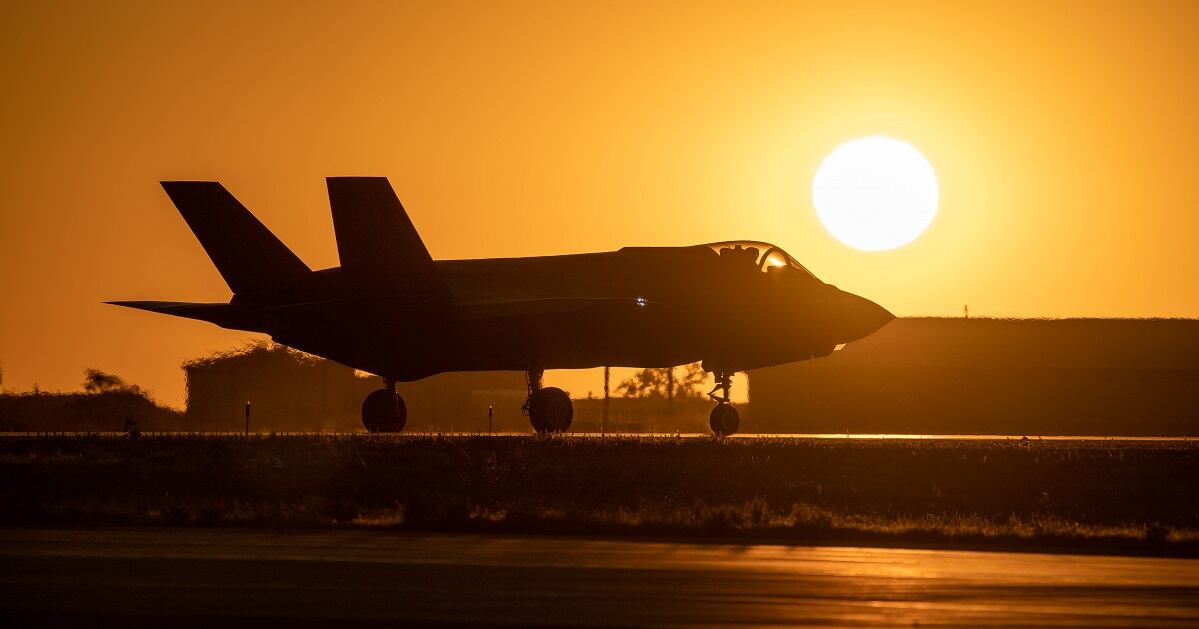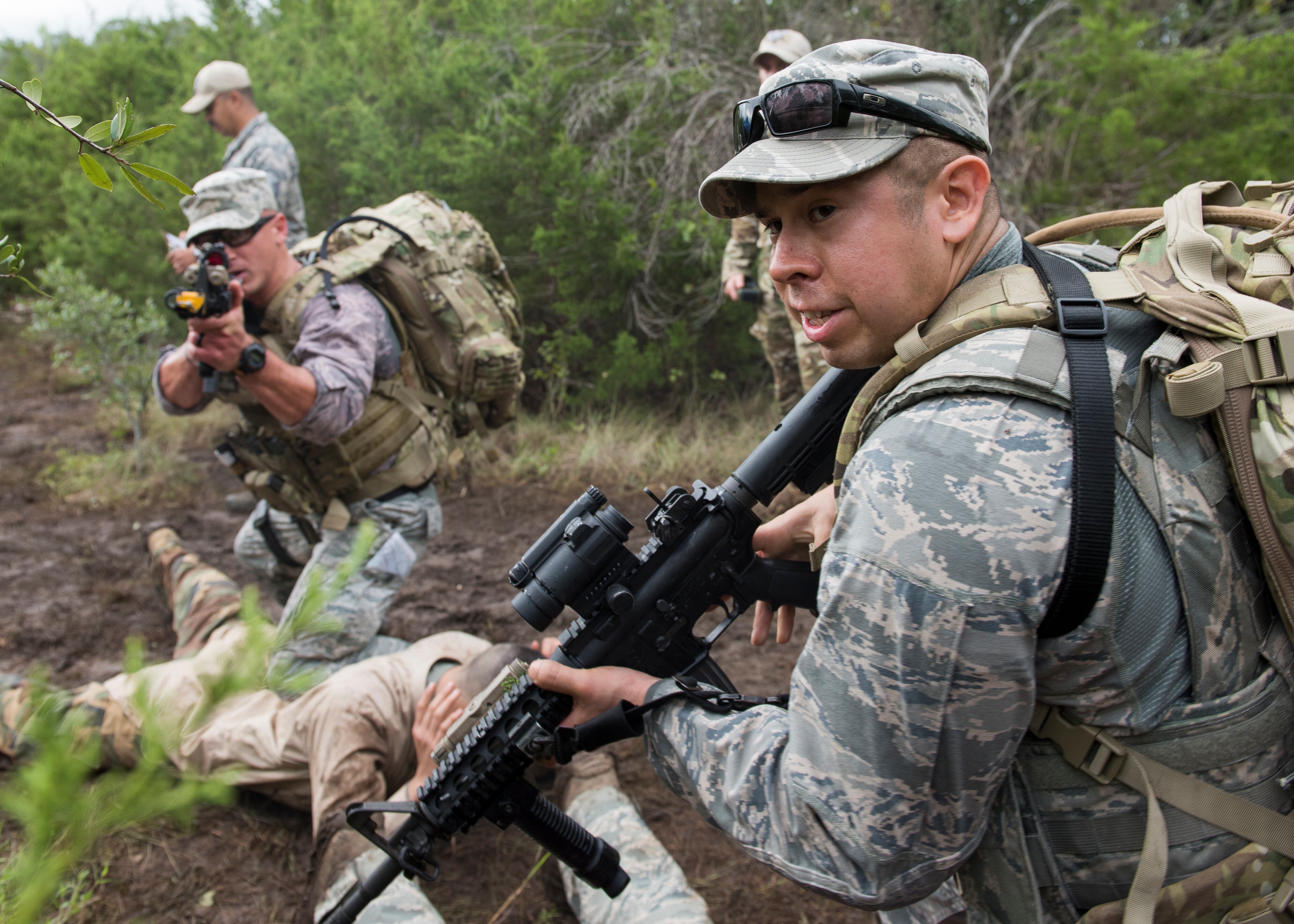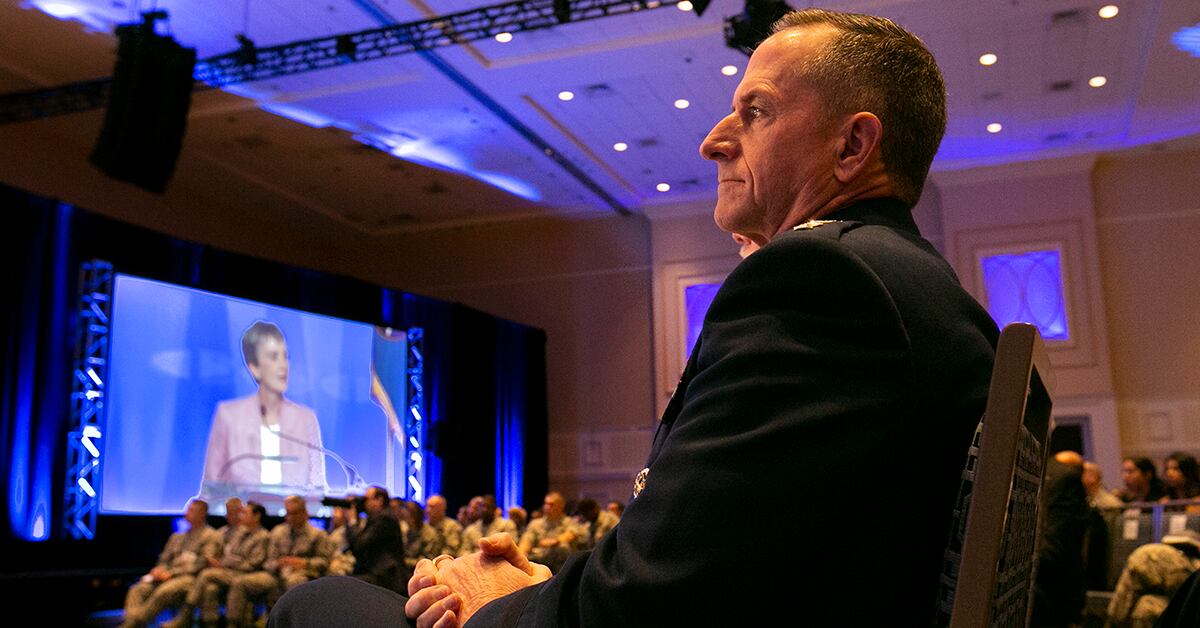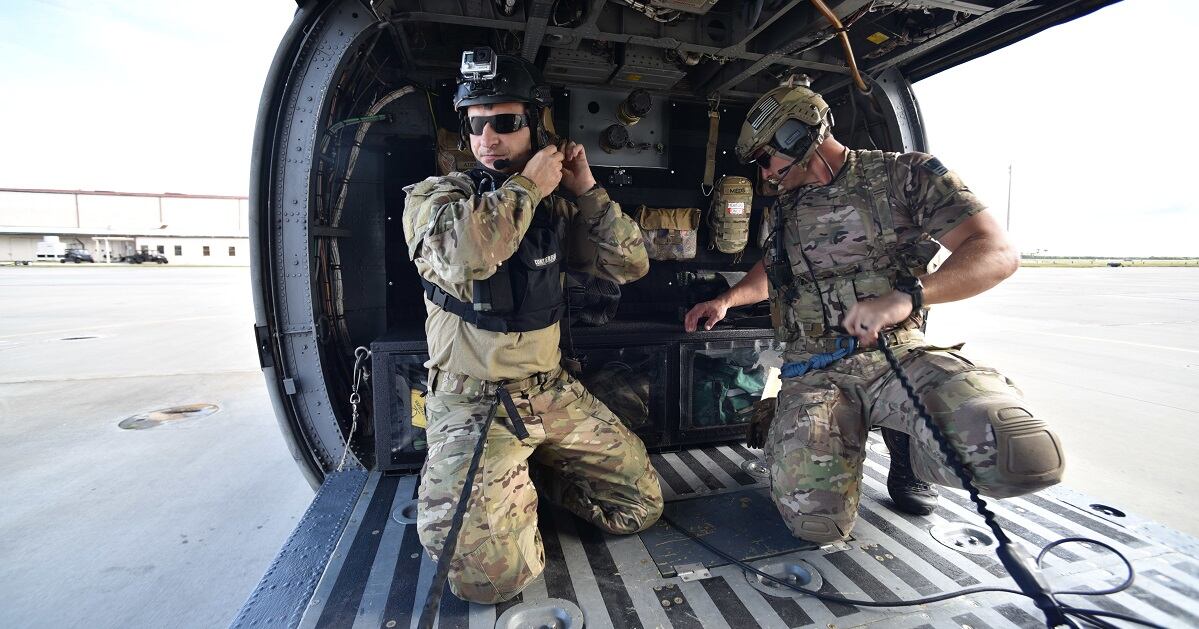In his first three years as Air Force chief of staff, Gen. Dave Goldfein set out to improve three key ways the service operates: reforming its squadron structure, improving joint leader development and multi-domain command and control.
Going into his final year on the job, Goldfein has one thing on his mind: “violent execution” of these ideas.
By the time he retires in 2020, Goldfein said during an Aug. 28 interview in his Pentagon office, he wants to embed these initiatives into the fabric of the service, so they’ll last far beyond his tenure. What he doesn’t want is for these plans to be viewed as merely "Goldfein projects.”
“Winning to me looks like people look back and go, ‘Man, your squadrons are in far better shape than they used to be,’" Goldfein said. “Nobody knows exactly how we got there, we just know it’s there, that we’ve made significant progress.”
To cement those changes, Goldfein said he’s put the right people in charge of each initiative, with the power and resources to get things done. There are written plans — in English, and only a few pages each — and timelines in place to ensure they continue moving forward on schedule.
“You’re going to see me being relentless on those areas as we go forward,” Goldfein said. “We are just driving towards improvement that’s tangible. So, if it’s not actually felt by a young airman on the line somewhere, then it’s not real progress to that airman.”
In the case of improving squadrons, Goldfein said, “tangible” improvements mean pushing decision-making authority and resources down to the squadron level — the most fundamental building block of the service — and making sure airmen feel like they can make a difference.
RELATED

That means airmen who have an idea can get it heard and know they are valued, respected members whose suggestions are welcomed. If their squadron commanders think they’re on to something, the squadron will have the resources to give it a shot.
“That’s putting money where your mouth is, as opposed to just lip service,” Goldfein said.
Goldfein also cited the creation of the joint task force at the 9th Air Force, led by Maj. Gen. Chad Franks, as another example of tangible progress. For the past year and a half, the 9th has been working toward establishing full capability as a JTF-capable headquarters, providing an operational warfighting component ready to deliver strategic combat airpower in support of Air Combat Command, the Air Force at large and joint partners.
Readiness
Improving the Air Force’s aircraft readiness is one of Goldfein’s top priorities, especially after nine years of continuing resolutions and damaging sequestration shortchanged the service. But, he says, the service is making tremendous progress.

Former Defense Secretary Jim Mattis convinced Congress last year to provide more money for readiness, and that funding came just in time to stabilize declining readiness, Goldfein said. Now, in 2019, things are getting better, he said.
“I can’t thank [Congress] enough for the additional resources, because we were in a downward spiral” before that 2018 funding came through, Goldfein said. “I wouldn’t say in ’18 we started climbing out, [but] we stopped the bleeding. The year we’re in right now is the first year we’re starting to see these improvements.”
Once the Air Force had that additional funding, Goldfein said, it had to figure out how best to distribute it. In the past, the Air Force would “sprinkle additional money” across all weapon systems to boost readiness, he said.
But if the Air Force had once again evenly distributed its newly obtained funding and resources across air frames last year, Goldfein said, it would have taken years to see appreciable improvements in readiness. So the service steered most of its new funding to what it deemed “pacing units,” which would likely be called upon in the opening days of a major war, such as against China or Russia.
This move allowed those pacing units to see significant progress six years faster than if the Air Force had evenly distributed funding, he said, and they will be 80 percent combat-capable by 2020.
If funding remains stable, Goldfein said, all 312 of the Air Force’s operational squadrons will be 80 percent combat-capable by 2022.
Goldfein acknowledged the overall decline in mission-capable rates in fiscal 2018, but said mission-capable rates don’t tell the entire story of readiness. The true measure of readiness is how well the Air Force can perform to carry out the missions it is tasked, he said, and that requires more than mission-capable aircraft.
If, for example, a bomber squadron needs to deploy to the Middle East with just 48 hours’ notice — and be combat-ready — it needs not only mission-capable aircraft, but it also trained and ready air crew, maintainers and other airmen, enough spare parts, and other resources.

The Air Force is also seeing indicators of progress in other aspects of aircraft readiness, Goldfein said. For example, flying hours have increased from 16 hours, on average each month, to about 20 hours, and are on track to hit 21 hours per month in the next year or so. The service has been trying to boost the number of pilots it trains each year and expects to soon reach 1,500 students a year, up from 1,100 trainees.
“Have we landed where I’m ready to plant a flag and say, we’ve arrived, we’ve recovered readiness? Absolutely not,” Goldfein said. But “we’ve started improving in each area. We’re doing it differently, so we’re moving the needle.”
End strength
Goldfein expects that, after a projected total force increase of 4,400 airmen in fiscal 2020, the Air Force will continue steadily growing in the following years at about 4,000 annually. Most of that growth will go to key, short-staffed jobs such as special warfare airmen, nuclear airmen, cyber airmen and intelligence specialists.
“We’re filling holes that were created in the lean years” earlier this decade, Goldfein said.
But growth in manpower doesn’t just depend on how many people the Air Force can bring on, Goldfein said. It also depends on how many airmen it can train. So the Air Force has to make sure tech schools, for example, have enough capacity, and that end strength grows at a predictable, “steady as she goes” rate, he said.

Goldfein reiterated a common refrain among Air Force leadership, that the service is too small to carry out all the missions with which it is tasked. At last September’s Air Force Association conference, former Secretary Heather Wilson laid out a plan to grow by 24 percent to 386 operational squadrons.
The Air Force said in an email last month that this would require an additional 67,300 total force airmen and civilians — 44,300 active duty airmen, 9,500 Air National Guardsmen, 5,500 reservists, and 8,000 civilians — beyond the 685,000 airmen and civilians it expects to have by the end of the current five-year cycle in fiscal 2023. That’s more than the 40,000 airmen and civilians that were initially projected to be needed to reach 386 squadrons, and would bring the entire size of the Air Force to 752,300.
Retention concerns
The Air Force is also continuing its long, slow fight to halt, and then reverse, a decline in its pilots. But a solution to fix it, once and for all, remains elusive.
The size of the shortfall fluctuates, Goldfein said, but remains at more or less 2,000 pilots — about 10 percent of its overall pilot force, and where it was nearly two years ago in November 2017.
Recent data, as well as his conversations with heads of major commands, suggest that the pilot force has now stabilized and stopped its precipitous decline, the chief said.
But it’s a lot harder to figure out if things have improved to a point where more pilots are going to start staying — which would give the Air Force a chance to start climbing out of that hole, he said, especially when the job market is strong, and airlines are continuing to offer experienced military pilots far fatter salaries to come fly for them.
RELATED

“That’s the one that’s so hard to get a sense of, because it’s the intangibles,” Goldfein said. “OK, we’re back in the air, we’re back to flying like I remember flying as a young pilot. We’re focused on the squadron, which I believe is the retention engine.”
“The reason I’m sitting here, and I stayed in,” Goldfein continued, “is because every time I looked at other alternatives outside the Air Force, there was nothing that was going to provide me the camaraderie, the sense of meaning, purpose, the fun of — not only fun [of] flying, but the fun of just being in a squadron that had this great culture. I was privileged and blessed to have commanders that inspired me. So how do you put a dollar figure on that? How do you say, ‘OK, that is the thing that’s going to keep us from continuing to lose pilots to the airlines, or other opportunities?’ ”
Goldfein said that when pilots have the “kitchen table conversation” with their spouses about whether to stay or leave — as he had several times with his wife, Dawn, over the years — he hopes pilots will be able to honestly say that opportunities elsewhere won’t be as much fun or as rewarding as what they can do in the Air Force.

He’s wary of declaring success, or that pilots’ morale and satisfaction is improving to the point where more are likely to stay. But he is “cautiously hopeful,” and said that when he travels, he hears more positive thoughts from pilots.
Of course, he cautioned that his observations are unscientific, and he knows sometimes people feel they have to tell the chief of staff what they think he wants to hear.
“I’ve got to have staying power and lean into them and say, ‘No, really, tell me,’" Goldfein said. “ ‘When I leave the cockpit or this meeting, and you all are talking amongst yourselves, give me the same story. Honor me by speaking truth to power. Tell me what’s really going on.’"
Stephen Losey is the air warfare reporter for Defense News. He previously covered leadership and personnel issues at Air Force Times, and the Pentagon, special operations and air warfare at Military.com. He has traveled to the Middle East to cover U.S. Air Force operations.





